Sandra Dans
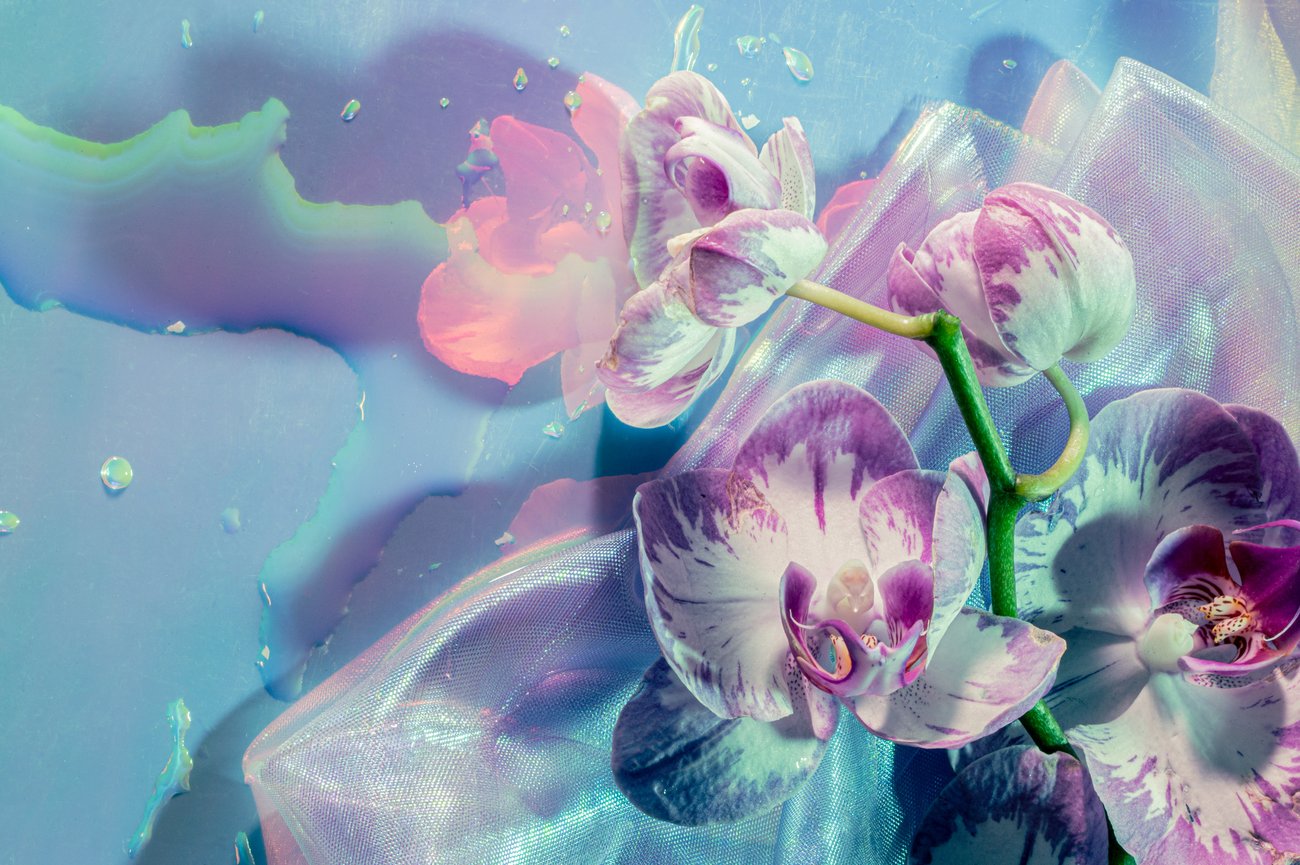
Sandra Dans (she/her) is a professional photographer based in Manila. She’s worked professionally since 2010, mostly as a wedding photographer but also in other commercial pursuits such as stock photography. She is a professor at the UP College of Fine Arts. She graduated with a BFA in Visual Communication from UP Diliman, and an MFA in Photography from the Savannah College of Art and Design. Alongside her commercial practice, she also works as an independent digital photo restorer.
Hi Sandra! Tell us a little about yourself — when did you first become interested in photography and how did you get to where you are today?
I became interested in photography as a high school senior! I was seeing a lot of amateur digital photography on sites like Livejournal and Deviantart and became interested in attempting to shoot myself. I got my first digital camera from my dad - a tiny second hand Casio Exilim S1 that was 1.3 MP! I didn't understand why it couldn't focus on stuff up close - I didn't know a thing about lenses or focal lengths. Eventually I graduated to a DSLR and began doing cosplay shoots with my friends in college.
After graduation, I built a career in wedding photography by assisting other teams and eventually leading my own team, until I finally pursued my MFA in photography in 2013. I kept shooting weddings up until the pandemic hit in 2020, when I pivoted to commercial and tabletop imaging because that was all I could do at the time! This is what led me to stock photography and improving my skill with controlled lighting.
These days, I shoot stock images for Canva, I have some commercial imaging projects punctuated with some fine art work, and I'm also a full time professor of photography at the University of the Philippines College of Fine Arts.
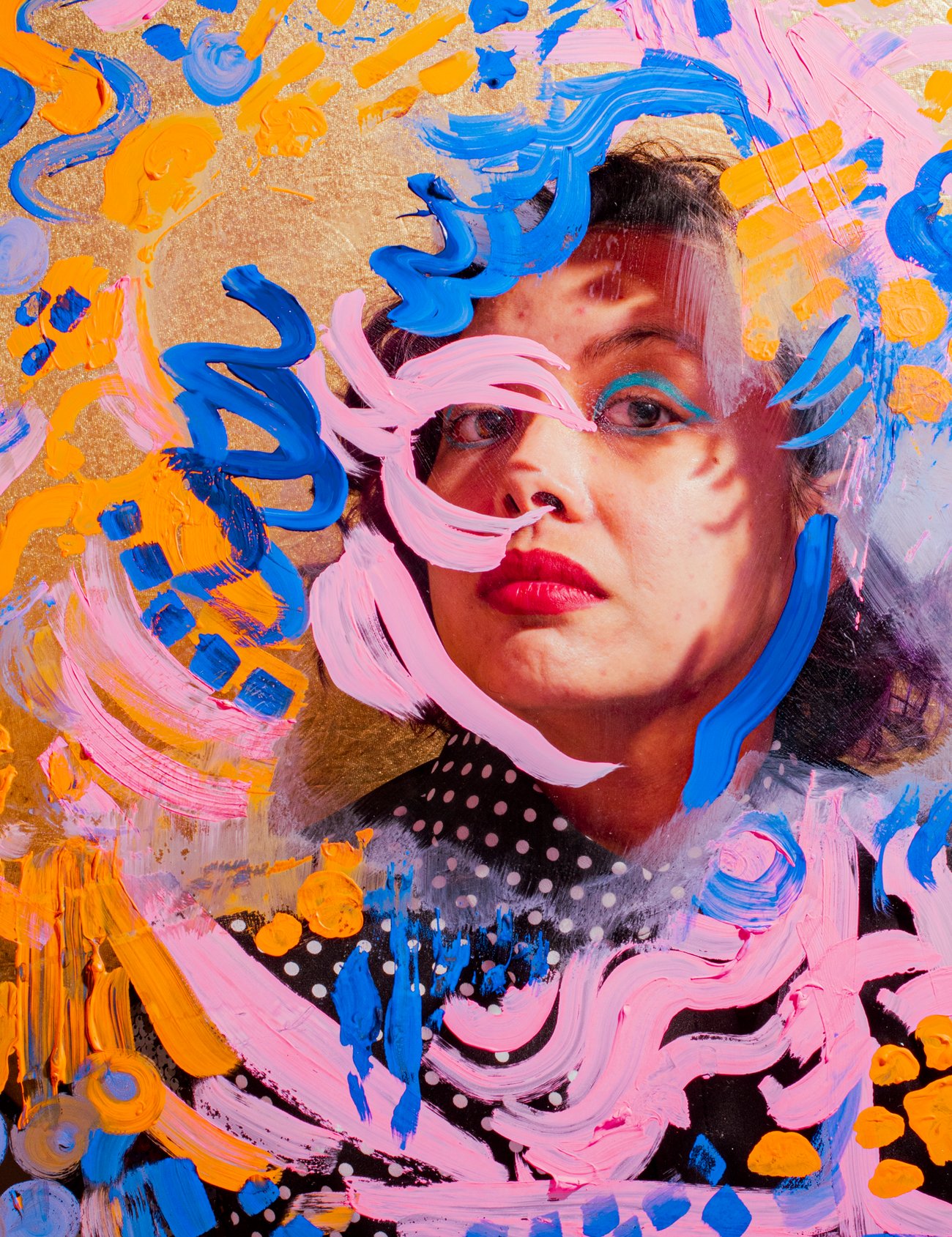
“Don't take photography too seriously. Photography only stays fun if you can find the joy in it, so stay playful and don't let it frustrate you.”— Sandra Dans
What are your favorite subjects or themes to explore, and why?
In my fine art work, I love playing with nature in the studio. In particular, I find native Philippine flora to be so resilient and reactive to different stimuli. I like to expose them to different conditions like extreme hot or cold, inducing interactions with unusual mediums like paint or ink or food like honey or milk, physical interventions like cutting, drowning, burning, dehydration, etc. It’s a form of play for me to see what flowers will do under various conditions and the camera is a great way to capture these fleeting interactions.
Native flowers represent certain themes that I am interested in from an artistic and political perspective: climate resilience, post-colonialism, femininity, nature. On a personal level, I grew up around flowers a lot - both of my grandmothers were flower lovers (one was a painter who specialized in floral still lives and other is a gardener), so I suppose I was always somewhat conditioned to be partial to visualizing them. A lot of the time, I will introduce elements into my shoots that also have other significances. My grandmother painted a lot of calado (hand-embroidered piña cloth), which is a material with a lot of significance to Filipino culture, so I like to include items like that. Shells and objects from the sea also make appearances. I think are a lot of parallel themes between those objects and native flowers.
I also enjoy prodding at the paradox of digital photography, and how people seem to care so much about whether or not an image is “edited” or not. To be clear, I believe there is no such thing as an “unmanipulated” image, so I also like my work to encourage people to ask themselves what the difference is between an action like cropping an image in frame, and manipulating something digitally. The visual confusion that an in-camera manipulation induces (like distortion through water or exposure time) is very interesting to me.
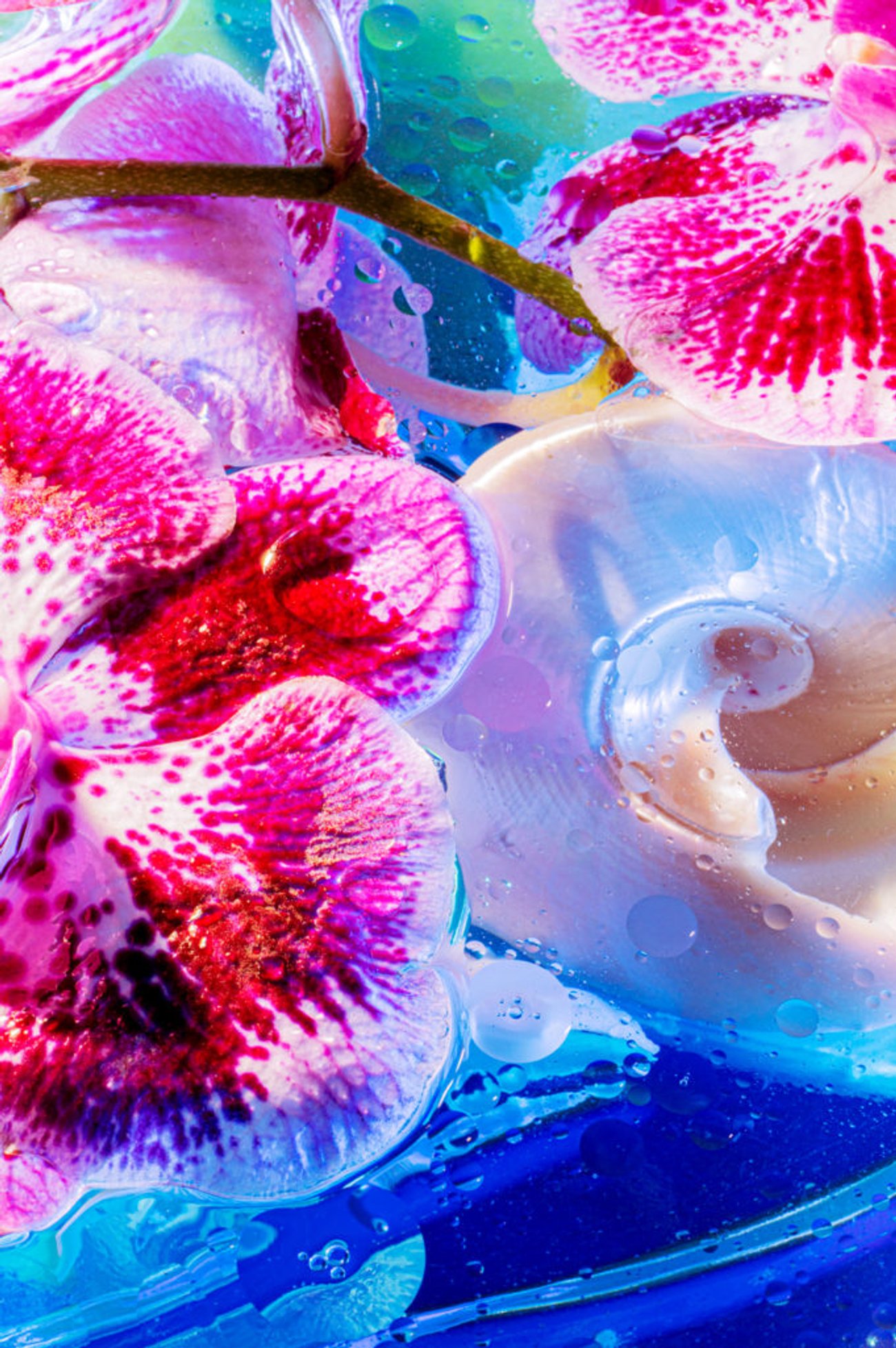
The way you blend vivid colors with natural subjects like flowers in your photography is striking. Could you share your creative process for capturing these colorful scenes from nature?
I begin with a question, with an interaction I want to see—I'm always on the lookout for unusual interactions between materials. "What would happen if I froze this flower?" "What would happen if I covered these leaves with hot milk?" "What would it look like if I dripped this paint all over this melting block of ice?" For me, these are very playful "what ifs." I don't always assume they will yield a beautiful, striking, or even usable image—the joy is in inducing those interactions regardless of the results. Whatever ends up getting posted, shared, or included in the exhibition are usually just lucky shots. I have thousands more images that aren't really worth looking at!
It's kind of like being a child with a chemistry kit—the studio is the lab, the camera creates my records. For those with issues of executive dysfunction, I also have a lighting setup that just hangs around my dining table so I can shoot at will—this helps reduce the friction between idea and execution a lot of the time. I keep my colored gels attached to the lights so I can just pull out the camera and fire away.
I think it is very helpful to keep social media, or even the pursuit of my own fine art practice, out of mind as well in order to reduce performance anxiety or any frustration related to productivity.
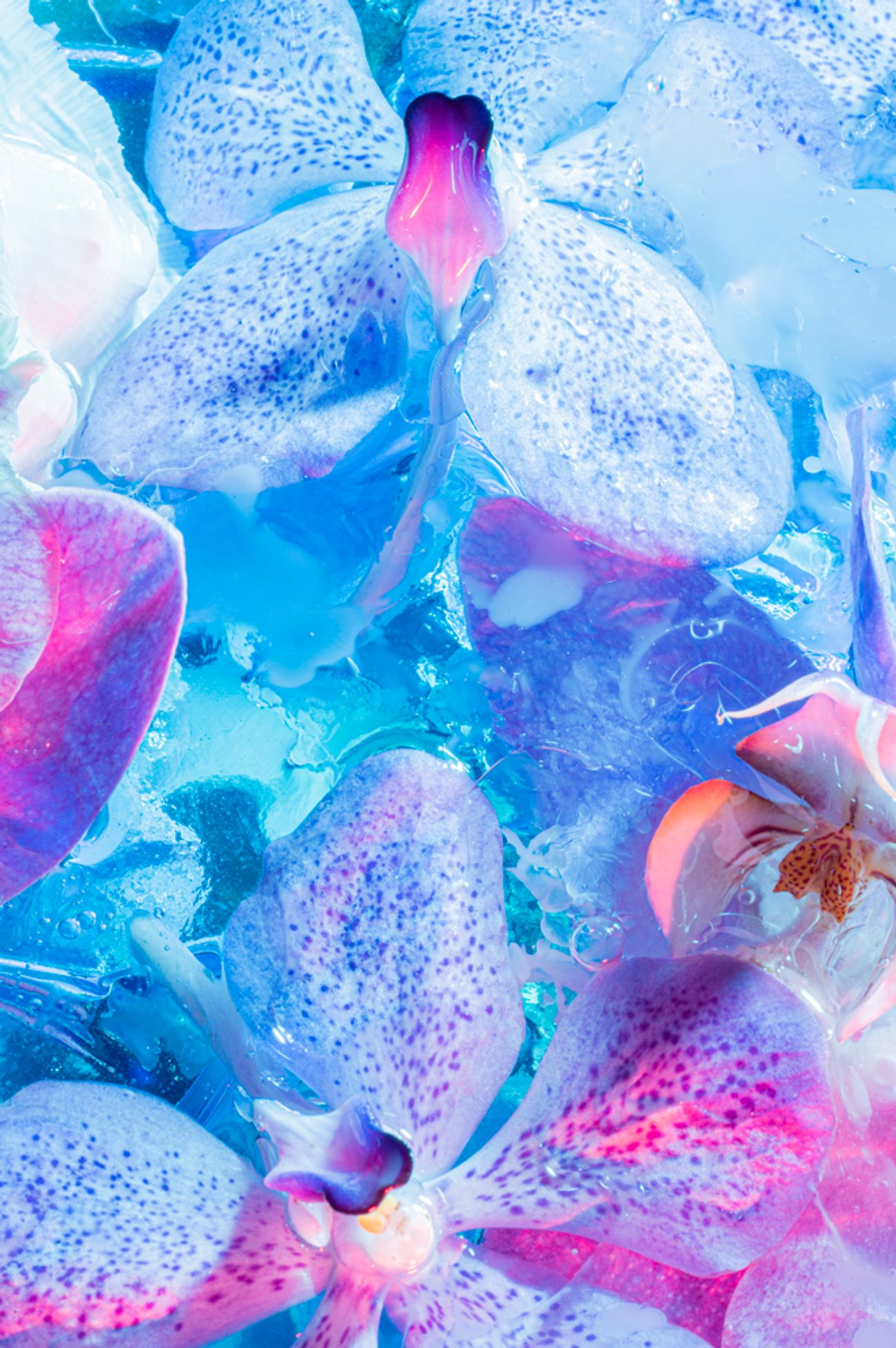
Could you walk us through your process for conceptualizing and executing a creative photo shoot?
There are two main kinds of shoots that I perform a lot—the first requires a lot of pre-production. These are usually commercial shoots, or if it's fine art, those with more ambitious aims. These shoots require a lot of preparation in terms of collecting materials or tools. In particular, flowers can sometimes be tricky to procure as their prices can vary throughout the seasons, and transportation in my city is very difficult. I have had to familiarize myself with the nearby vendors and when the best time of day is to run over there and grab handfuls of whatever they were going to throw out! I also make purchases from online sellers ahead of time if there is a particular material I want to work with that I don't have on hand.
The other kind of shoot is very spontaneous, and just happens when I have a worm of an idea in my brain. This usually just involves a basin, a tabo full of water, and some gentle requests for my husband to rig a shot for me! Often these involve materials from shoots that i have collected in the past, or household items that we have lying around. Food, water, paint, detergent, toiletries—nothing is exempt from my "science experiments" when the mood hits! This is why it's important for me to keep my studio lights out —just so I don't lose the momentum from these ideas.
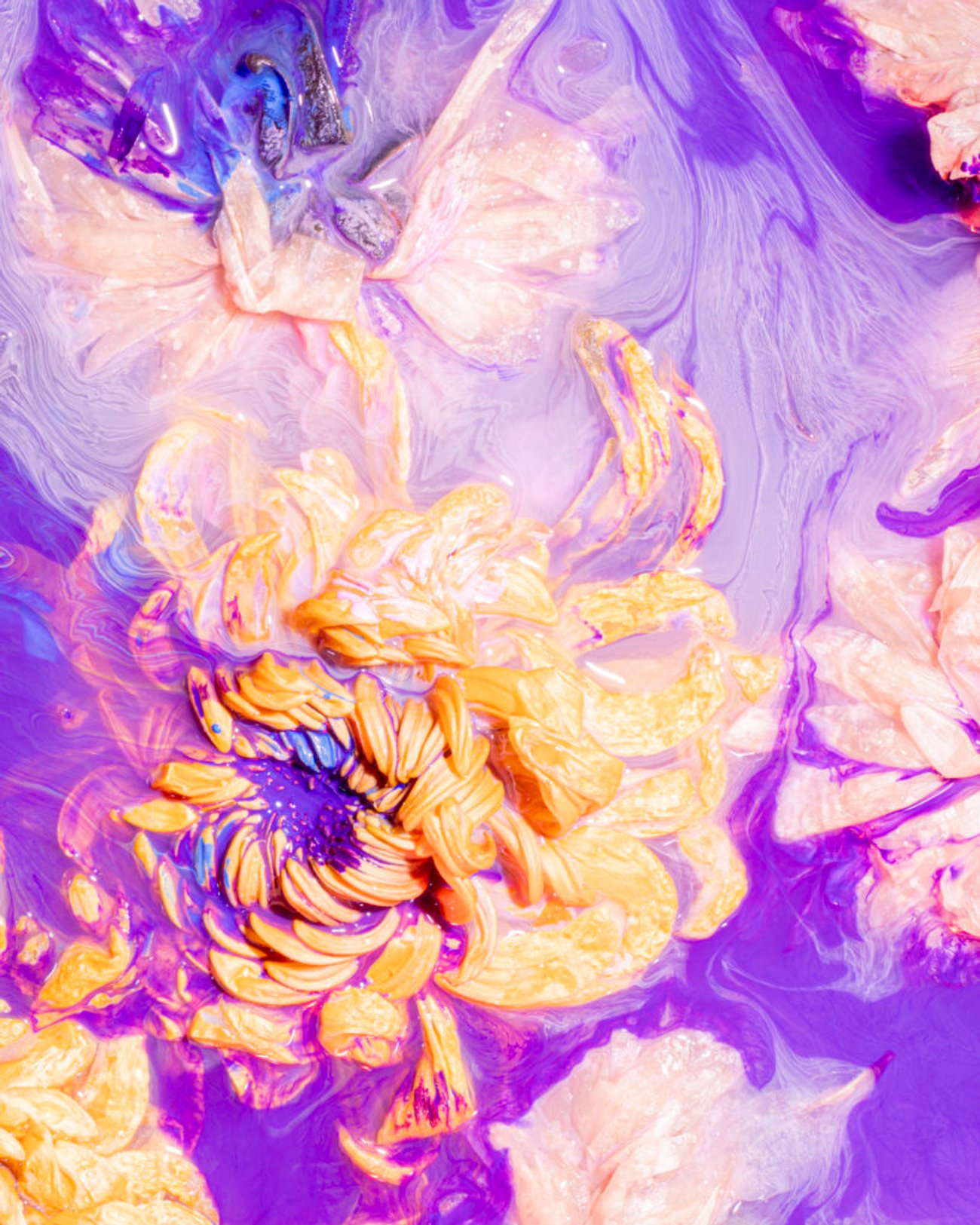
What has been one of your favorite projects to work on so far? What would be your dream creative project or subject to shoot?
I worked on a stock photography shoot for Canva a year or two ago called Neo Nature—it involved having to construct these little fantasy vignettes of natural spaces that had a magical feel to them. I had my friend Rayson, who is a D&D set and miniature builder, come in to assist me with building and styling. We built everything from scratch—we bought plants, rocks, and other naturalistic elements, and arranged them all on a tabletop set. I lit them with colored gels. We got to play with bubbles and shiny fabrics. I really enjoyed conceptualizing and shooting that because it felt like something that nobody else could have built and photographed in the same way that we did. I am really happy that those photos are available for people to use for free on Canva!
I think any shoot that involves creating a small world on a tabletop is a dream shoot for me. Especially when I can pull in help from my friends that are so talented in building things for me to photograph, I feel a real childlike joy in creating that kind of imaging.
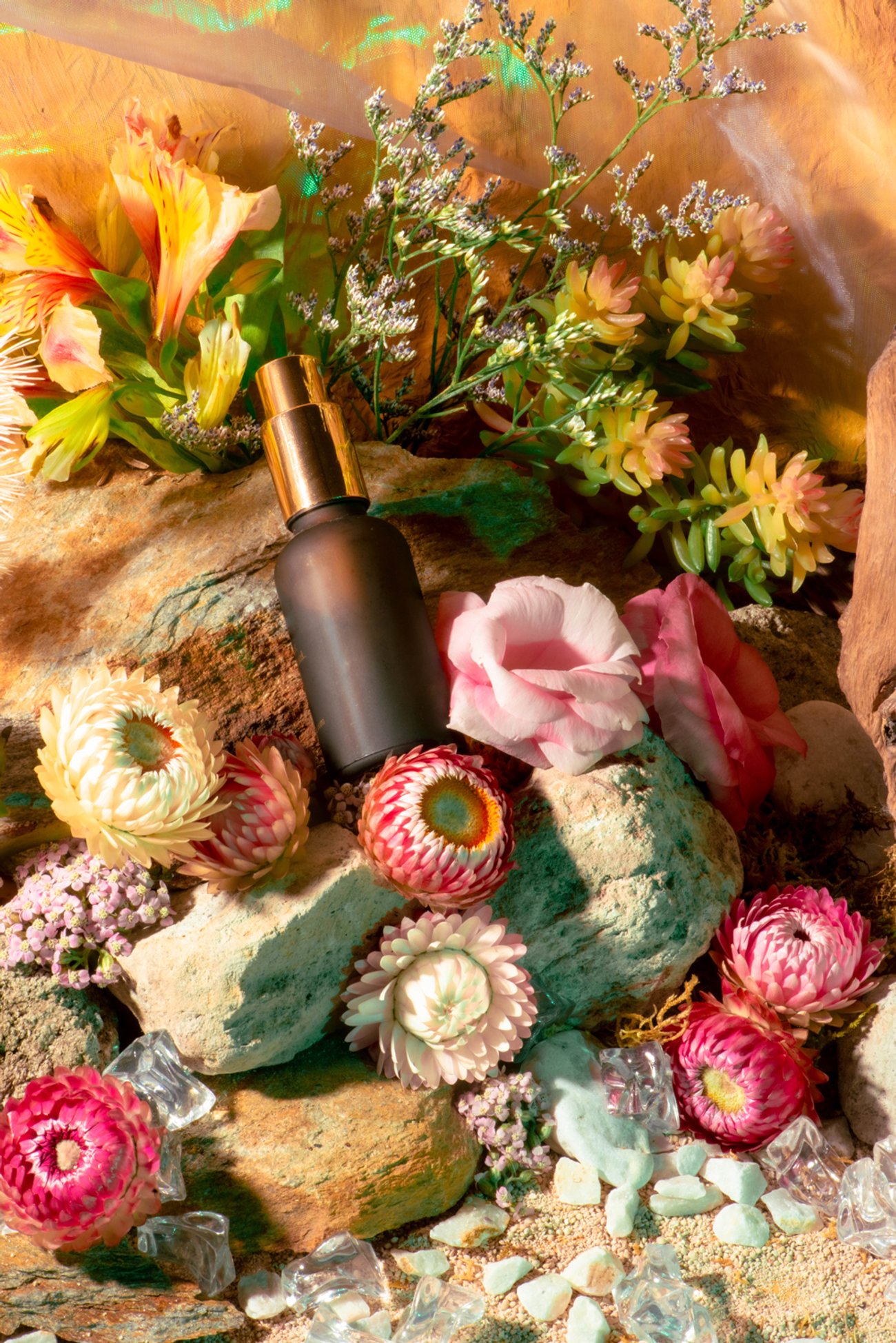
Given the speed at which AI is progressing in content creation, the landscape and future of photography are shifting rapidly. What opportunities and/or and challenges do you think AI will present for photographers?
I see the rise of generative AI, as well as the strong defensive response from creators against it, to run somewhat parallel to the invention of photography in the 1800s. Back then, painters reacted strongly to photographic technology in a very similar way - they called photographs "too mechanical," said it was no replacement for the humanity in traditional art, and claimed that it would never supersede painting as an art form. I think artists will always recoil at processes that automate what takes them months, years, decades to do—I think this is a very natural and human response, especially in a society that takes cultural work for granted. In the same way, I think generative AI will certainly overlap somewhat with the output of photographers, just like photography overlapped with the output of painters and illustrators. But I think over time we will find ways to coexist with it, and photography will certainly evolve to distinguish itself from AI. After the invention of photography, painters veered away from realistic styles and started creating work that was more expressive and abstracted - something that photography could not do. It differentiated itself. I can see something similar happening with photography moving forward. We will identify the spaces that AI cannot touch, which do exist, and that will be where photography will flourish.
Having said that, this only happens properly once AI developers find a more ethical way to source their training data, and once guardrails are put in place to prevent abuse. Right now that's one of the biggest hurdles to artists accepting generative AI as a legitimate collaborator, rather than a threat.
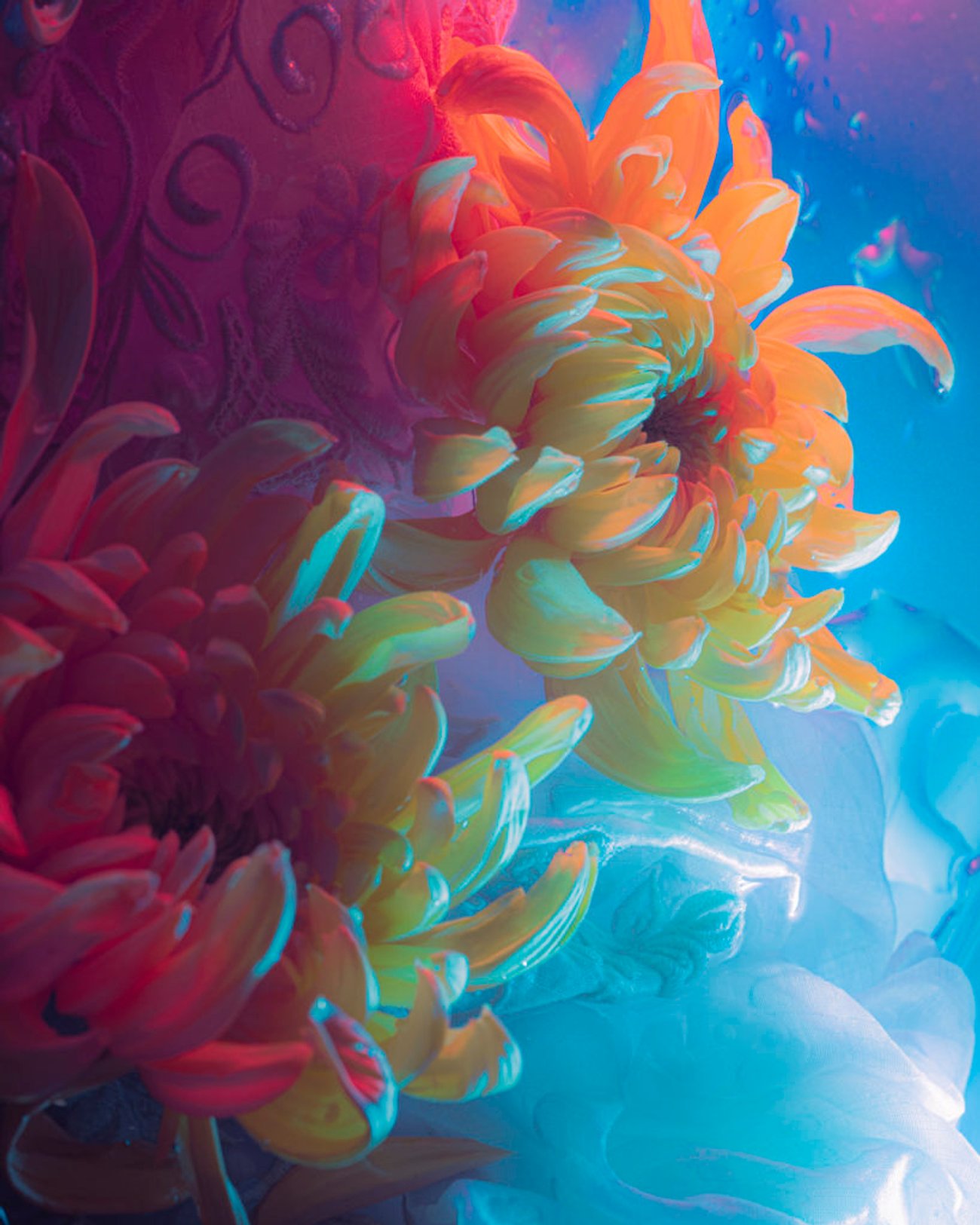
Are there any specific pieces of equipment, such as particular lenses or lighting setups, that you consider essential for your shoots?
I only purchased my macro lens in 2023—a 105mm at 2.8. I have no idea how I was photographing tabletop setups without it! With lighting, I tend to use rechargeable lights rather than corded ones, as I find them easier to manipulate and place at weird angles. I was also reared in wedding photography, so speedlights are really where I live and breathe even with studio setups. I find them more flexible and less precious.
What tools and techniques do you use when it comes to post-processing your images?
I don't really use a lot of complex digital tools to finish my images—I keep it simple. Since the 2024 Lightroom Classic update I rarely need to port my images into Photoshop for cleanup anymore. Maybe just 1x for every thousand images.
Learning to play with the white balance slider on setups lit with colored gels was a revelation - it really can change so much of how an image looks! This year I also want to learn how to focus stack macro photos—this isn't always an option for me because I like freezing motion in my photographs, so there's usually too much movement in my setups, but this year I think I'll give it a try.
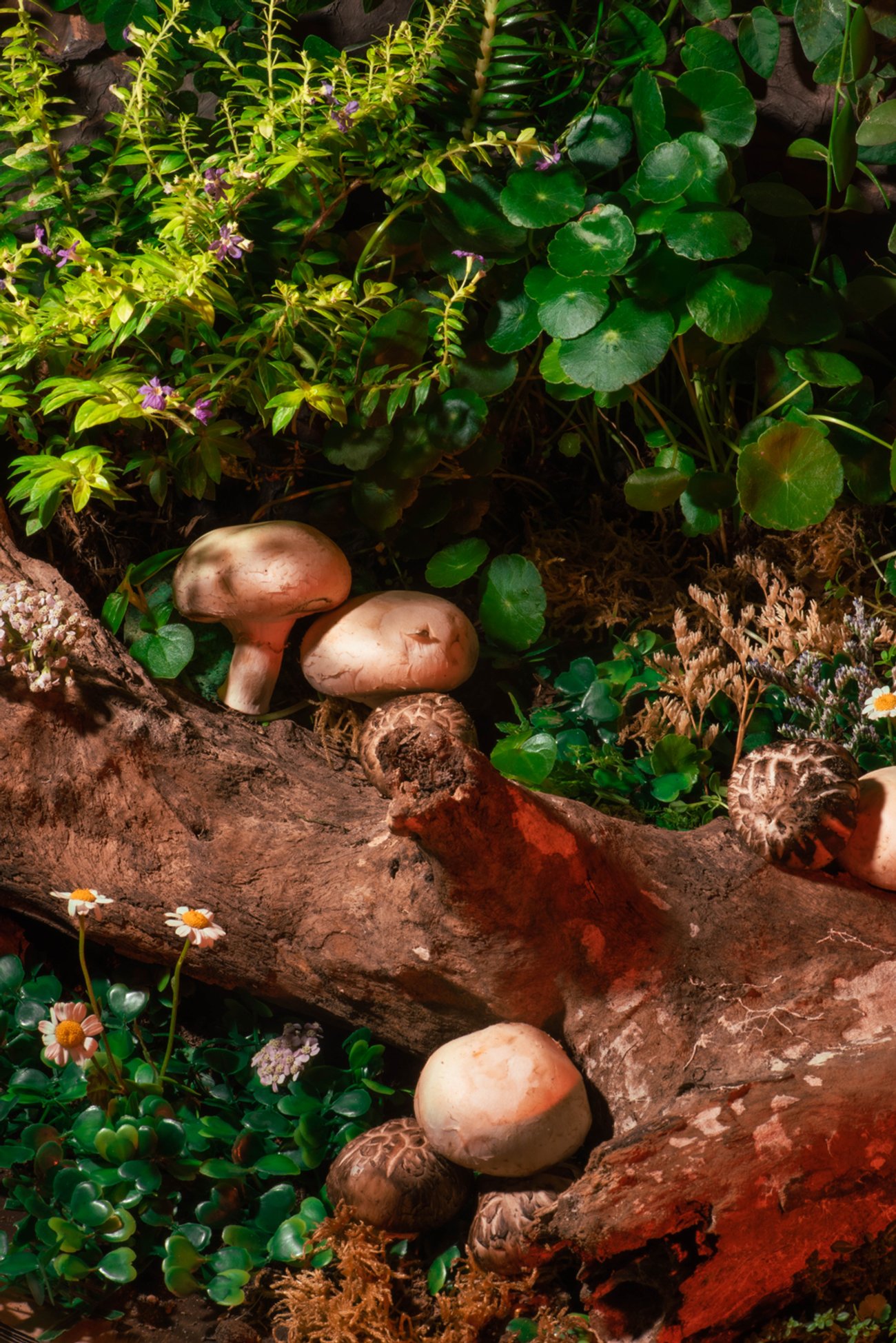
What advice would you give to new photographers who are just starting out?
Don't take photography too seriously. Photography only stays fun if you can find the joy in it, so stay playful and don't let it frustrate you.
To harken back to the AI question, this is the one thing AI cannot do - it can't have fun, it can't be joyful, it cannot do anything just for the pleasure of doing it. That's one of the places that AI cannot touch, so I think moving forward, to keep photography alive and evolving, we need to lean into this instinct!
What are you currently working on now and what’s up next for you?
I am currently working on my next exhibition. I am partnering with a friend who is a ceramicist to create parallel works for a joint exhibition :)
